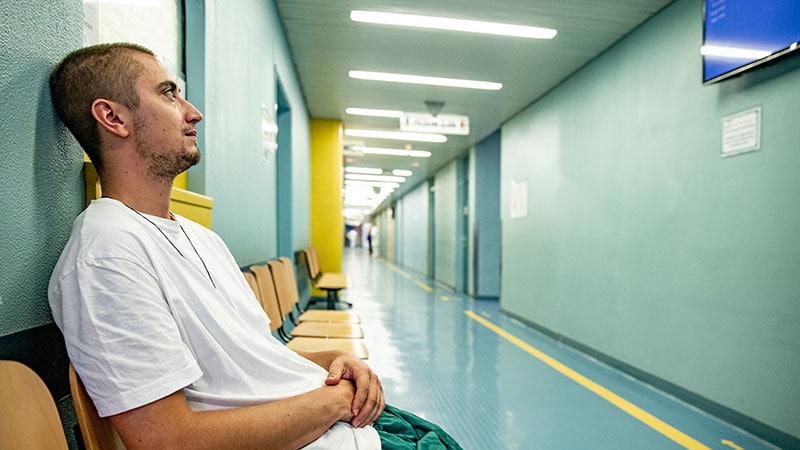A messaging program in emergency department waiting rooms has been successful at persuading unvaccinated patients to get the COVID-19 vaccine, according to findings presented at the American College of Emergency Physicians (ACEP) 2022 Scientific Assembly.
After watching a video about the importance of vaccinations that was played for patients on an iPad, which included physicians who matched patients in race and ethnicity, 21% of unvaccinated patients received a vaccine within 30 days compared with 8% of those in a control group who did not see the video, said Robert Rodriguez, MD, professor of emergency medicine at the University of California, San Francisco, who presented the findings.
The patients in the intervention group also were given an informational flyer, which similarly included pictures of physicians who matched their race and ethnicity. The language used in the intervention was English or Spanish, whichever was the primary language of the patient.
Rodriguez said that the study shows the importance of reaching patients in the emergency department (ED), which is the main place, or only place, where many of the patients receive healthcare.
“You’re not going to get vaccine messaging — or vaccines for that matter — to those people,” he said. “It’s hard. They don’t have primary care doctors, a lot of them don’t have internet, a lot of them don’t even have phones. The only way that you’re going to address their public health needs — their vaccination needs as well as other public-health needs — is by ED interventions, which is the only place they get care.”
Given that the study was performed from December of 2021 through June of 2022 and that the vaccine had been available for at least a year already, the patients in the study were considered to be vaccine-hesitant. About half of the patients had agreed to participate in the study.
The messaging was most effective among Hispanic patients and those without a primary care provider, researchers said.
The number needed to treat in the study came out to 10 — meaning one vaccination could be expected for every patient exposed to the video and flyer who otherwise would not have gotten vaccinated within that month. The intervention was done in EDs in San Francisco, Seattle, Philadelphia, and Durham, North Carolina.
An even higher number of patients — 27% in the intervention group vs 11% in the control group — said that they would get the vaccine if it were offered in the ED, but some patients were unable to receive the vaccine at that time because of their health condition or vaccine availability, Rodriguez said.
The messaging in the video was crafted on the basis of previously published results from interviews with people who were vaccine-hesitant, in which they were asked about their concerns, whom they trust in receiving information about the vaccines, and what could change their minds. One emphasis in the video was the extensive testing and the safety of the vaccines, Rodriguez said.
He acknowledged that it couldn’t be known how well the same intervention would fare in rural environments, where community discussion about vaccines might be different, but said that the findings offer a model.
“They can look at that and revise it to message their particular patient populations,” he said.
Peter A.D. Steel, MBBS, MA, associate professor of clinical emergency medicine at Weill Cornell Medicine, who has researched COVID vaccines and the ED, said that the findings show the value of the ED in reaching high-risk patients, though he wondered whether there were other education models that might improve on the uptake. He said that it would also be helpful to know the barriers that exist among the unvaccinated other than education about vaccines.
“The ED is an appropriate care model for screening high-risk patients and providing low-resource interventions for those patients that screen in as above low-risk” for things such as opiate use and domestic violence, he said. “The addition of screening for unvaccinated patients makes sense to the quasi-population health missions of contemporary emergency medicine. And culturally sensitive education as ‘first step’ intervention is relatively low-cost, given the impact.”
Rodriguez and Steel have disclosed no relevant financial relationships.
American College of Emergency Physicians (ACEP) 2022 Scientific Assembly. Presented October 1, 2022. Abstract 4
Tom Collins is a freelance writer in South Florida who has written about medical topics from nasty infections to ethical dilemmas, runaway tumors to tornado-chasing doctors. He travels the globe gathering conference health news and lives in West Palm Beach.
For more news, follow Medscape on Facebook, Twitter, Instagram, and YouTube
Source: Read Full Article
